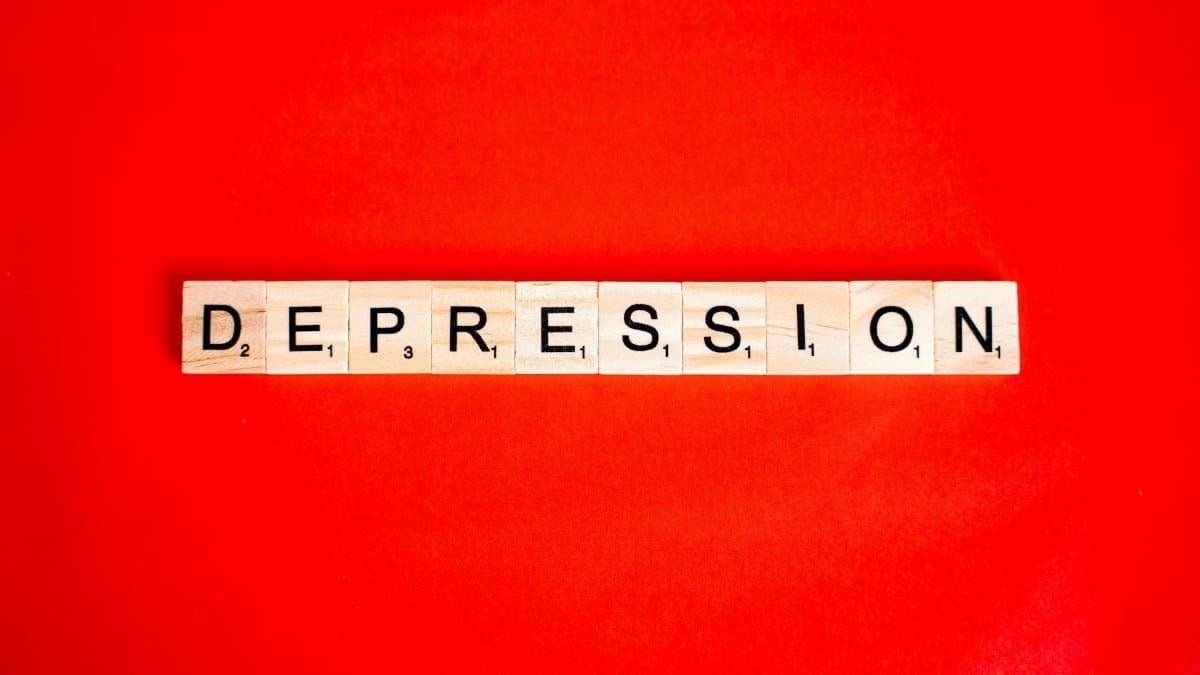Walk into any coffee shop in a mid-sized American city like Raleigh or Des Moines these days, and you might overhear hushed conversations about faith, or the lack thereof. Empty pews are becoming a common sight across the nation as millions step away from organized religion. This shift, often called dechurching, isn’t just reshaping Sunday mornings. It’s quietly contributing to what many experts now see as a dechurching mental health crisis—a growing wave of loneliness, anxiety, and disconnection that mirrors the decline in religious attendance. For a country where community once thrived in church basements and prayer circles, the loss of these spaces leaves a void. How did we get here? And more importantly, what does this mean for the emotional well-being of everyday Americans navigating an already turbulent world in 2025? The answers aren’t simple, but they start with understanding the intricate ties between faith, belonging, and mental health.
The Scale of Dechurching in America

A staggering number of Americans have walked away from religious institutions over the past few decades. According to a 2023 report from the Pew Research Center, nearly 30% of U.S. adults now identify as religiously unaffiliated, a sharp rise from just 16% in 2007. This group, often dubbed the “nones,” includes atheists, agnostics, and those who simply don’t align with any spiritual tradition. The trend spans generations but hits hardest among younger adults, with over a third of Millennials and Gen Z claiming no religious affiliation. In small towns and sprawling suburbs alike, churches that once anchored communities now struggle to keep the lights on.
But numbers only tell part of the story. Behind each statistic is a person who once found solace in a hymn or a sermon but now feels untethered. The reasons for leaving vary—disillusionment with hypocrisy, cultural shifts, or personal trauma—but the result is often the same: a quiet exit from a space that once offered structure and support.
A Mental Health Void Where Community Once Stood

Churches, synagogues, and mosques have long been more than places of worship. They’ve served as social hubs, especially in a nation where isolation can creep in fast. Weekly services, potlucks, and youth groups provided built-in networks—people to call when a job was lost or a marriage faltered. With dechurching on the rise, that safety net is fraying. A 2022 study by the Centers for Disease Control and Prevention highlighted a spike in reported loneliness, with nearly half of Americans feeling disconnected from others. The correlation with declining religious participation isn’t hard to spot.
Consider the story of a woman in her forties from Ohio, shared anonymously in online discussions. She left her childhood church after a painful falling-out with its leaders. “I didn’t just lose my faith,” she wrote. “I lost my people. Now, I don’t know where to turn when I’m drowning.” Her words echo a broader sentiment: without those sacred spaces, many are left grappling with life’s burdens alone.
The Psychological Toll of Losing Rituals

Faith isn’t just about community—it’s about rhythm. Sunday services, daily prayers, or seasonal celebrations like Easter or Ramadan offer a cadence to life, a way to mark time and find meaning. Strip those rituals away, and what’s left? For many, it’s a creeping sense of aimlessness. Research from the American Psychological Association suggests that religious practices can act as a buffer against stress, reducing symptoms of depression and anxiety through mindfulness and shared purpose. Without them, some individuals report feeling adrift, as if the anchor of routine has been cut loose.
This isn’t to say religion is the only path to mental stability. But for those who’ve left without replacing those rituals, the absence can sting. A man in his thirties, once a regular at his Baptist church in Georgia, described his post-dechurching life as “a calendar with no holidays.” His struggle isn’t unique in 2025, as more Americans search for new ways to fill the gaps left by faded traditions.
Faith’s Complicated Role in Mental Health

Let’s not paint too rosy a picture. Religious institutions aren’t always havens of emotional support. For some, they’ve been sources of guilt, judgment, or even trauma—reasons many choose to leave in the first place. A 2021 study published by the National Library of Medicine found that religious struggles, such as feeling abandoned by God or clashing with doctrine, can exacerbate mental health issues like depression. For LGBTQ+ individuals or those questioning rigid teachings, staying in a faith community can feel more harmful than healing.
Yet even in these cases, departure doesn’t always bring relief. The same study notes that leaving a religious group can trigger identity crises or grief over lost connections. It’s a double-edged sword: stay and wrestle with inner conflict, or leave and face the loneliness of starting over. This tension lies at the heart of the dechurching mental health crisis.
Searching for Belonging Beyond the Pews

If churches are no longer the answer for so many, where do people turn? Some find solace in secular communities—book clubs, fitness groups, or online forums. Others lean into mindfulness practices like meditation or therapy, seeking personal growth without spiritual strings. But these alternatives don’t always replicate the depth of connection once found in religious spaces. A workout class might build camaraderie, but it rarely offers the vulnerability of a prayer circle. A therapist can listen, but not every session replaces the comfort of a congregation rallying around a shared loss.
The search for belonging often feels like trial and error. In cities like Seattle or Austin, “spiritual but not religious” meetups have popped up, blending meditation with group discussions on life’s big questions. These spaces aim to fill the void, but their reach is limited, often catering to urban, affluent crowds. For rural Americans or those without disposable income, the options dwindle, amplifying the sense of isolation.
Can Society Adapt to a Dechurched Future?

As dechurching reshapes the cultural landscape, the question looms: how do we rebuild the communal fabric it once wove? Mental health professionals argue for a multi-pronged approach. Public health initiatives could prioritize accessible community centers, offering free or low-cost spaces for connection. Schools and workplaces might foster more intentional bonding, stepping in where faith once did. On an individual level, experts encourage exploring personal values—whether through art, nature, or volunteering—as a way to reclaim purpose.
But adaptation takes time, and the dechurching mental health crisis won’t wait. Policymakers, faith leaders, and everyday citizens must grapple with a reality where traditional structures no longer hold. Some progressive congregations are experimenting with hybrid models, welcoming doubters and creating judgment-free zones. Whether these efforts can stem the tide remains uncertain. What is clear, though, is that ignoring the emotional fallout of dechurching isn’t an option.
Facing the Crisis Together

At a diner in a small Midwest town last fall, a group of former churchgoers gathered over coffee, not to pray, but to talk. They shared stories of doubt, loss, and the ache for something bigger than themselves. One woman, nearing sixty, admitted she missed the old hymns but couldn’t stomach the dogma. Another, barely out of college, nodded, saying he just wanted a place to belong. Their conversation wasn’t a solution, but it was a start—a reminder that even in a dechurched era, human connection still matters.
The dechurching mental health crisis isn’t a problem with a neat fix. It’s a reflection of a society in flux, wrestling with what it means to find meaning and support in 2025. As more Americans step away from organized faith, the challenge isn’t just replacing what’s lost. It’s imagining new ways to hold each other up when the world feels heavy. That work begins with acknowledging the void—and daring to fill it, one conversation at a time.
